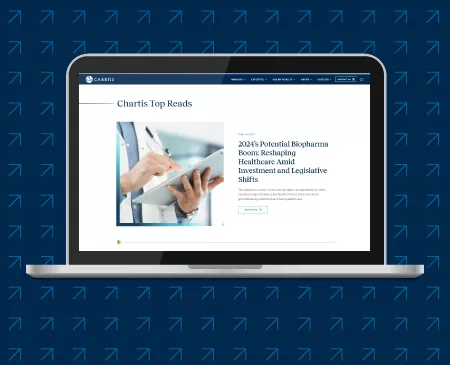The Client Challenge
Allegheny Health Network (AHN), a multihospital health system with hospitals in Pittsburgh and across Western Pennsylvania, had growth ambitions but faced a fiercely competitive market for patients and talent. With high turnover rates (particularly among junior nurses), modest conversion rates of physician trainees to full-time employees, and a challenging recruitment environment, leadership realized AHN needed a new emphasis on workforce wellness to become an employer of choice and maintain its competitive edge.
 Higher turnover rates
Higher turnover rates
 Lower physician, nurse, and staff engagement
Lower physician, nurse, and staff engagement
 Lower patient satisfaction and loyalty
Lower patient satisfaction and loyalty
 Reduced conversion of physician trainees to full-time employees
Reduced conversion of physician trainees to full-time employees
 Higher risk of malpractice claims
Higher risk of malpractice claims
Navigating to Next: The Solution
With 22,000 employees, AHN leadership realized a more granular approach to assessing physician, nurse, and staff engagement across the organization was key to actionable and measurable improvements in turnover and retention.
AHN partnered with Chartis to systematically identify friction points that matter most by occupation across the workforce, starting with physicians, advanced practice providers (APPs), and nurses, then cascading through all other occupations. The next step was rapidly moving to action planning and execution of prioritized solutions. To lead the initiative, AHN established a team of operational, physician, and nurse leadership tightly tied to executive sponsors in the C-suite.
The inclusion of all employees—including transport, environmental services, food services, office personnel, and allied health workers—was critical to bolstering the infrastructure that also led to improvements in the day-to-day lives of clinicians. AHN and Chartis worked collaboratively across 14 hospitals, multiple service lines, and hundreds of employee roles to scale solutions that support the entire AHN workforce. The organizational culture was transformed as employees witnessed improvements they called for and observed the impact of actions taken.












